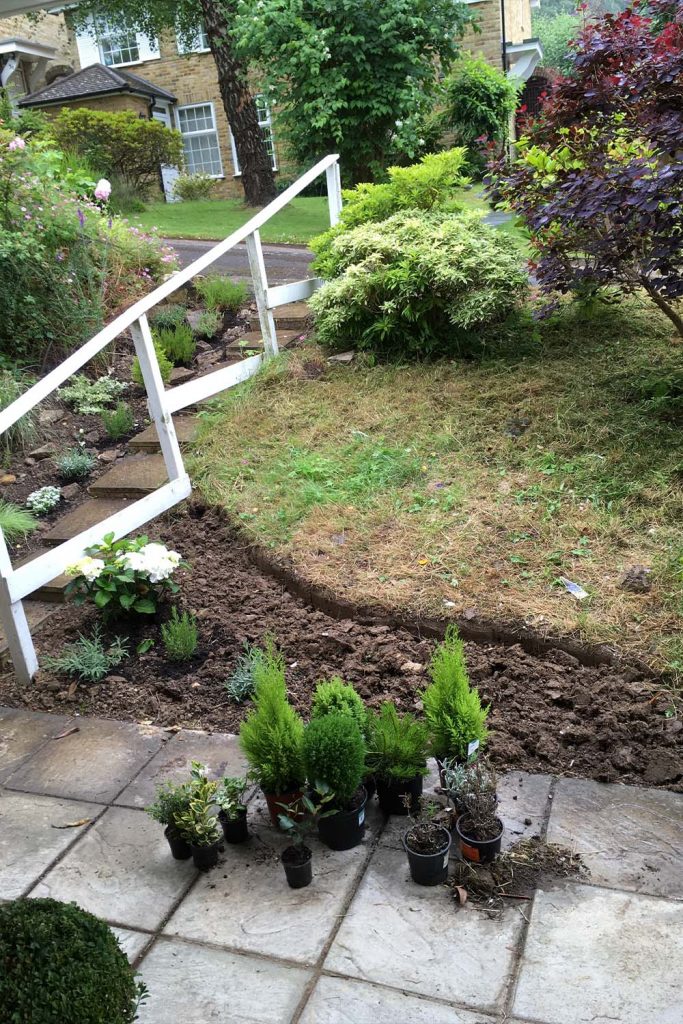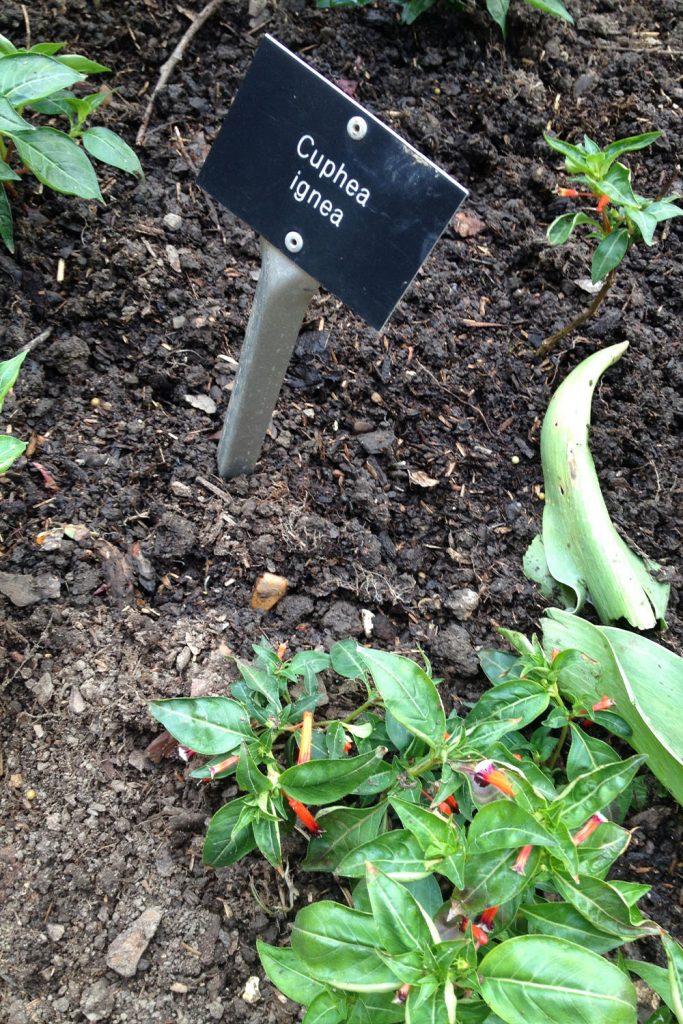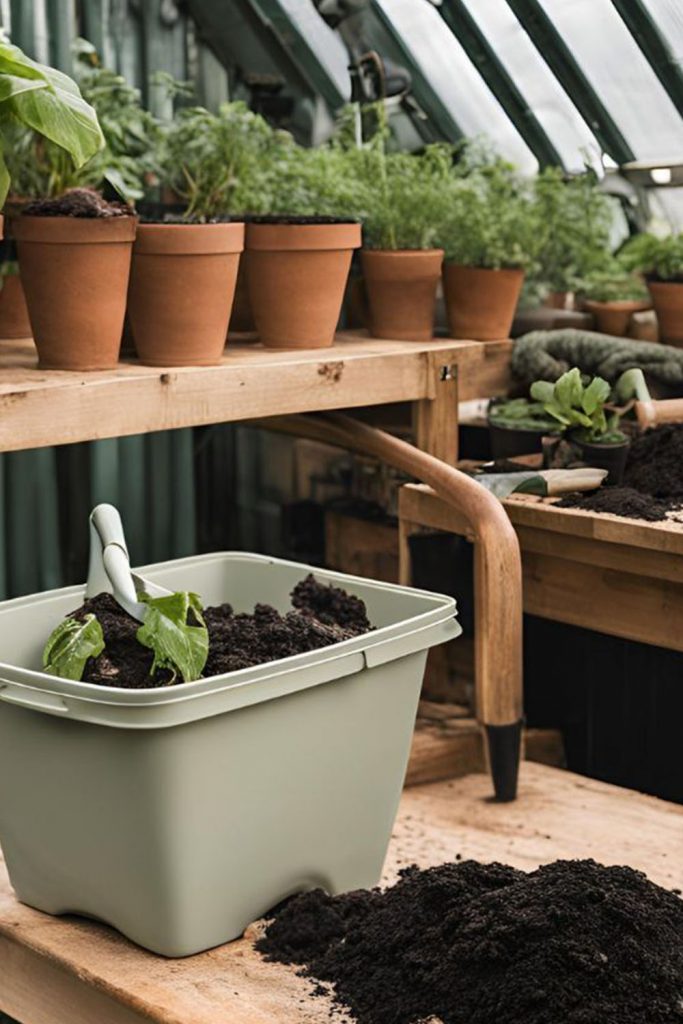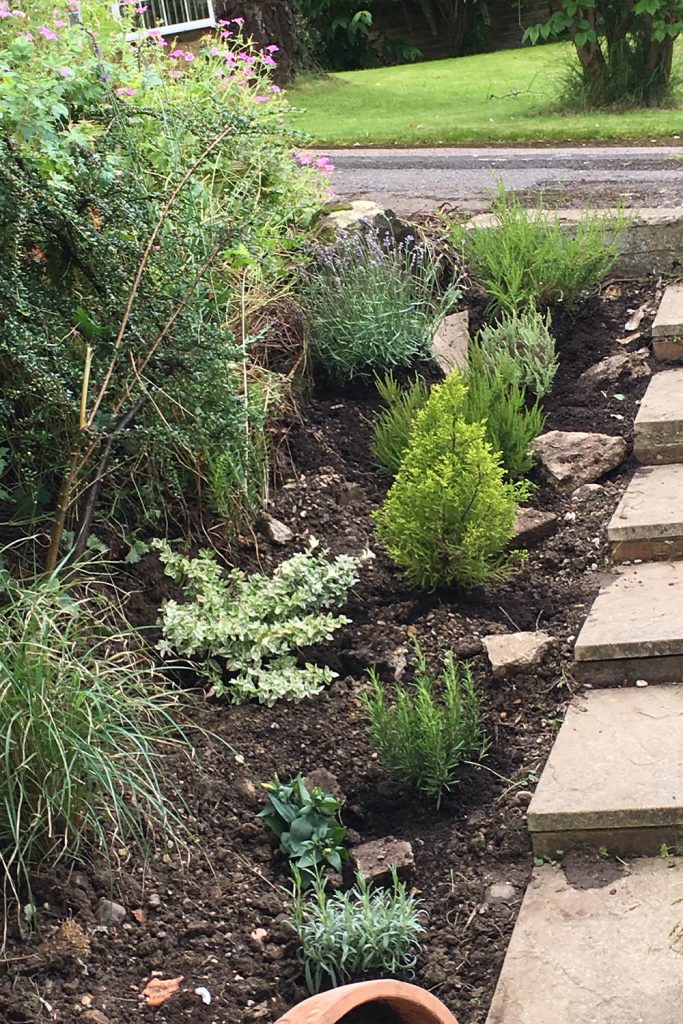Is compost the same as topsoil for the garden? Find out now
Wondering, is compost the same as topsoil? When it comes to gardening and lawn care, understanding the differences between compost and topsoil is crucial for ensuring the health and vitality of your plants. Many home gardeners wonder if compost and topsoil are the same, but while they both play essential roles in plant growth, they are quite different. Let’s explore the main differences and the best uses for each.
What is Compost?

Compost is a nutrient-rich soil amendment created from the decomposition of organic materials such as food scraps, yard waste, and grass clippings. The composting process involves breaking down these materials in a compost bin or pile, resulting in a dark, crumbly substance known as organic compost.
Benefits of Compost:
- Nutrient Content: High-quality compost is packed with nutrients that are essential for healthy plant growth.
- Soil Structure: Adding compost to your garden soil improves its structure, enhancing its ability to retain moisture and support plant roots.
- Organic Matter: Compost contains a high concentration of organic matter, which boosts the earth’s biological soil activity.
- Natural Fertilizer: Acts as a natural fertilizer, providing plants with enough nutrients for robust growth.
What is Topsoil?

Topsoil refers to the uppermost layer of soil, typically the top 5 to 10 inches. It contains a mix of mineral particles, organic matter, and microorganisms, and is the layer where most of the earth’s biological soil activity occurs. Topsoil is often used to fill low spots, create new garden beds, or establish a new lawn.
Benefits of Topsoil:
- Stable Soil: Provides a stable growing medium for plants.
- Water Retention: Helps retain moisture, which is crucial for plant roots.
- Supports Plant Life: Provides a solid foundation for plant roots to anchor and grow.
- Bulk Use: Ideal for covering large areas and filling in low spots in your yard.
Is Compost the same as Topsoil? Main Differences…

- Composition:
- Compost: Made entirely from decomposed organic materials like food scraps, grass clippings, and wood chips.
- Topsoil: A blend of soil, organic matter, and sometimes small stones and sand.
- Nutrient Content:
- Compost: Has a higher concentration of nutrients and organic matter.
- Topsoil: Contains fewer nutrients but provides a stable soil structure.
- Uses:
- Compost: Best used as a soil amendment to improve the quality of your soil, enhance moisture retention, and provide nutrients.
- Topsoil: Used to create a top layer of soil for planting new lawns, filling in low spots, and establishing a base for garden beds.
When to Use Compost

Ideal Uses:
- Soil Amendment: Mix compost into your existing soil to improve its quality and nutrient content.
- Vegetable Garden: Use a layer of compost in your vegetable garden to promote healthy plant growth.
- Flower Beds: Enhance flower beds with compost to ensure healthy, vibrant blooms.
- New Garden Beds: Start new garden beds with a mix of compost and topsoil for the best results.
- Container Plants: Mix compost with traditional potting soil for container plants to boost nutrient content.
When to Use Topsoil

Ideal Uses:
- New Lawn: Spread topsoil to create a stable base for new grass seeds or turf.
- Raised Beds: Fill raised beds with a blend of topsoil and compost for a more well-rounded soil option.
- Low Spots: Use bulk topsoil to fill low spots in your yard and ensure a stable soil base.
- Large Areas: Cover large areas with topsoil to create a uniform planting surface.
Combining Compost and Topsoil
For the best results, consider combining compost and topsoil. This blend offers the stability and structure of topsoil with the nutrient-rich benefits of compost, making it an excellent choice for a variety of gardening projects.
How to Combine:
- Mixing Ratio: A good rule of thumb is to mix one part compost with two parts topsoil.
- Application: Spread the mixture over your garden beds, lawn, or any area where you want to improve soil quality and plant growth.
Is compost the same as topsoil – conclusion
While compost and topsoil serve different purposes, they are both essential for a healthy garden. Compost is a nutrient-rich soil amendment ideal for enhancing soil quality, while topsoil provides a stable growing medium for plants. By understanding the differences and uses of each, you can make informed decisions for your gardening projects and achieve a thriving, healthy garden. Whether you’re establishing a new lawn, filling low spots, or creating new garden beds, using the right type of soil will ensure your plants reach their full potential.